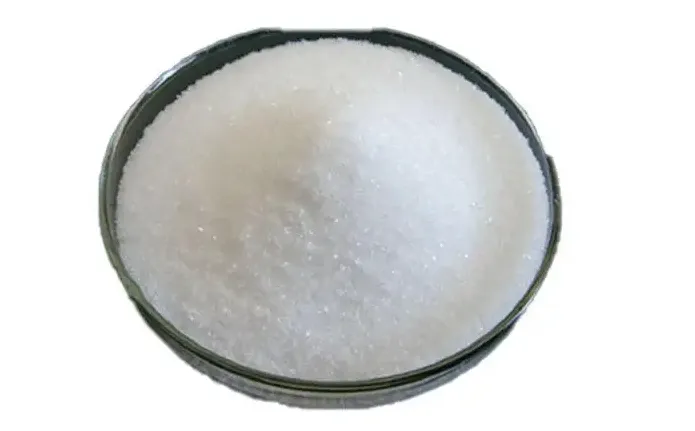Focus on the Multiple Functions of Food-Grade Sodium Pyrophosphate in Processing
Sodium Pyrophosphate’s Processing Versatility
Food-grade Sodium Pyrophosphate is not just a quality-modifying agent; it also acts as an emulsifier, buffer, and chelating agent. Its chelating and dispersing effects are significant, providing anti-flocculation, fat oxidation prevention, and adhesion of cheese proteins. Its high pH value also helps inhibit spoilage and fermentation.
Food-grade Sodium Pyrophosphate is not just a quality-modifying agent; it also acts as an emulsifier, buffer, and chelating agent. Its chelating and dispersing effects are significant, providing anti-flocculation, fat oxidation prevention, and adhesion of cheese proteins. Its high pH value also helps inhibit spoilage and fermentation.
Sodium Pyrophosphate’s Use in Meat Products and Aquatic Products
Sodium Pyrophosphate is primarily used in meat and aquatic product processing to enhance water retention, maintain meat tenderness, and stabilize natural pigments. In starch manufacturing, it is often combined with other phosphates. The typical addition rate is 0.5-3‰, with a maximum of 3% in aquatic product processing.
Sodium Pyrophosphate is primarily used in meat and aquatic product processing to enhance water retention, maintain meat tenderness, and stabilize natural pigments. In starch manufacturing, it is often combined with other phosphates. The typical addition rate is 0.5-3‰, with a maximum of 3% in aquatic product processing.
Goway Chemical Security Guarantee
Reputable manufacturers like Goway Chemical provide food additives that comply with national food safety standards. Consumers can purchase with confidence, assured of food safety.
Reputable manufacturers like Goway Chemical provide food additives that comply with national food safety standards. Consumers can purchase with confidence, assured of food safety.
Food-Grade Sodium Pyrophosphate’s Multi-Faceted Use
In the food industry, food-grade Sodium Pyrophosphate serves as a quality-modifying agent, pH regulator, metal ion chelating agent, emulsifier, dispersant, and adhesive. In soy sauce and juice production, it enhances product color and brightness. It plays a crucial role in the stability, elasticity, flavor, and antioxidant properties of canned poultry products.
In the food industry, food-grade Sodium Pyrophosphate serves as a quality-modifying agent, pH regulator, metal ion chelating agent, emulsifier, dispersant, and adhesive. In soy sauce and juice production, it enhances product color and brightness. It plays a crucial role in the stability, elasticity, flavor, and antioxidant properties of canned poultry products.
Frequently Asked Questions (FAQ)
- What is Sodium Pyrophosphate?
- Sodium Pyrophosphate is a chemical compound used as an additive in food processing, serving multiple functions such as a quality-modifying agent, emulsifier, buffer, and chelating agent.
- How does Sodium Pyrophosphate benefit meat and aquatic product processing?
- It improves water retention, maintains meat tenderness, and stabilizes natural pigments, enhancing overall product quality.
- What is the typical usage rate of Sodium Pyrophosphate in food processing?
- The typical addition rate is 0.5-3‰, with a maximum of 3% in aquatic product processing.
- Why is Sodium Pyrophosphate used in soy sauce and juice production?
- It improves product color, making it brighter and more appealing.
- What role does Sodium Pyrophosphate play in canned poultry products?
- It contributes to the stability, elasticity, flavor, and antioxidant properties of canned poultry products.
- Are there safety guarantees for Sodium Pyrophosphate?
- Yes, reputable manufacturers like Goway Chemical provide food additives that meet national food safety standards, ensuring consumer safety.
- How does Sodium Pyrophosphate prevent spoilage and fermentation?
- Its high pH value inhibits spoilage and fermentation, extending the shelf life of food products.
- Can Sodium Pyrophosphate be used with other phosphates?
- Yes, it is often combined with other phosphates in starch manufacturing for enhanced effects.
- What are the environmental impacts of Sodium Pyrophosphate production?
- The production process should be managed properly to minimize environmental consequences, such as pollution.
- How can consumers ensure they are buying safe Sodium Pyrophosphate?
- Consumers should purchase from reputable manufacturers like Goway Chemical, who comply with national food safety standards.

